You are here
Communication System
The members of this group aim at studying the physical layer of transmission links taking into account device performance limitation concerns. Three main topics are studied:
- Signal processing algorithms for digital communication systems
- Hardware implementation of signal processing algorithms
- Impact study of components real characteristics on a complete transmit-receive link
Signal processing algorithms for digital communication systems
In this activity, we quantify the performances of digital communications over different kinds of propagation channels. The performances are mainly the Binary Error Rate at the receiver output or the Mean Square Error at the equalizer stage output. To obtain these performances we use simulation tools or theoretical mathematical developments. In fact, we try to optimize the physical layer of the studied link taking into account channel propagation characteristics. This optimization covers many different aspects such as channel coding or equalization over frequency selective fading channels. Generally speaking, the goal is always to increase the capacity link by optimizing the spectral efficiency for example. Recent examples of studies are given below and are related to Multiuser detection for 3G CDMA (Code Division Multiple Access) based cellular systems, CDMA for the optical access network, MIMO-OFDM (Multiple Input Multiple Output) transmission systems
Examples of studies
In wireless communications, a promising way to increase the spectral efficacy is to use Multiple Input Multiple Output (MIMO) systems. However, the increasing demand for high data rate services makes the propagation channels become highly frequency selective and the interferences from the different receive antennas at the receiver side transforms the receiver design into a complicate task. To cope with the frequency selective nature of the channel, OFDM (Orthogonal Frequency Division Multiplexing) which converts a broadband channel into a set of non-frequency selective channels is a well known solution which is already in use in a lot of existing systems such as WIFI, WIMAX, DVB-T?On Figure 1, we depict a MIMO-ODFM transmitting system operating in layers. A sophisticated receiver based on iterative (turbo) interference mitigation is illustrated on Figure 2. With such kind of receiver, we are able to benefit from the maximum transmission capacity of the channel. Simulation results over channel propagation models from the ITU are illustrated on Figure 3. However, OFDM systems are very sensitive to synchronization mismatch, particularly frequency synchronization mismatch. To work closely to the theoretical Cramer-Rao bounds, we have proposed iterative turbo receivers which include the synchronisation process in the loop as depicted on Figure 4

Figure 1 : MIMO-OFDM Transmitter

Figure 2 : Iterative Turbo-Receiver

Figure 3 : FER Simulation Result for a 4×4 MIMO-OFDM

Figure 4 : Iterative (Turbo) Synchronizer for MIMO-OFDM system
For optical links, the operators plan the development of the ?fiber to home? in the next years to bring high data rate services up to the customer premises without wireless links which constitute always a bottleneck. To distribute these services to the different users in a building, the CDMA technique which consists in allocating different spreading waveforms to the customers is a promising solution. The goal is, using a classical PON, to distribute data rates up to 155 Mbits/s to each user. The topology of the network is illustrated on Figure 5

Figure 5 : Optical Access network and different multiplexing techniques
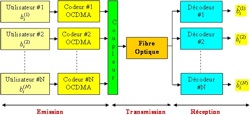
Figure 6: Optical CDMA linkende
Due to the asynchronism between users and to the unipolar nature of the optical pulses, the difficulty comes from the fact that it is impossible to allocate orthogonal spreading waveforms to the different users. There is always a non-negligible amount of Multiple Access Interference (MAI) in the system. We have proposed Parallel Interference Canceller (PIC) structure to increase the performances. Furthermore, we have proposed 2-D dimensional codes (Time and Wavelength) to increase the capacity of the system while maintaining a low interference level. The flexibility allowed by this kind of codes enables to give the opportunity to each user to benefit from a large set of different services (triple play: phone, television and internet for example). A recent topic has been introduced in this research field with the introduction of channel coding to improve the performances. The challenge in optical links is to obtain channel codes with little redundancy i.e. with high coding rate. Reed-Solomon codes are already used in WDM links. We have proposed Low-Density Parity Check (LDPC) codes for the next generation of optical networks.
Hardware implementation of signal processing algorithms
The research group ESTE has competences in the implementation of signal processing algorithms over target platforms such as Digital Signal Processors (DSP) or FPGA?s. We have acquired a good experience in VHDL for digital circuits design. We have worked mainly on the implementation of channel decoding algorithms such as Viterbi algorithm, Belief Propagation (BP) algorithm or Log-MAP (Max Log-MAP) algorithm. An original activity in the design of channel decoders is the use of analog circuits to save in power consumption and thus increase processing speed. We have developed on the tool CADENCE architectures of Viterbi Kernel and LPDC codes. However, due to the complexity of the circuits, the size of the LDPC codes remains small. However, this is a promising way of investigation in the future. Figure 7 illustrates the architecture of a turbo-decoder with degree two modular parallelized structure.
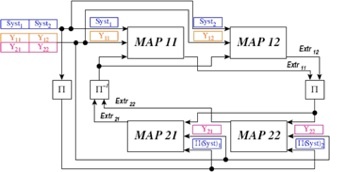
Figure 7: Turbo-decoder architecture with degree two modular parallelized structure
DSP : Digital Signal Processor
+FPGA : field-programmable gate array
** VHDL : Very High Speed Integrated Circuit Hardware Description Language
In the context of optical communications, we have developed a hardware demonstrator for the feasibility of CDMA as depicted on Fig. 8.
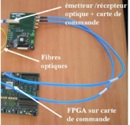
Figure 8 : Optical CDMA Link demonstrator
Impact study of components real characteristics on a complete transmit-receive link
The goal is to obtain high accuracy behaviour models of components to be included in a transmission link to increase the reliability of our simulations. We have performing testing platforms for the characterization of high speed transistors. Using these tools, we are able to develop new accurate models to be included in software tools such as VPI or COMSYS for example. Partnership with Bordeaux University has enabled to study the reliability of laser across the years. We have obtained experimental laws for the decreasing intensity of the radiated power. Figure 9 illustrates our testing platform for transistor characterization.
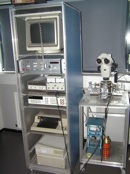
Figure 9: Components testing platform
New characterization tools for opto-electronic components are planned for the future.
To conclude this overview of our research activities, we give the name of some ANR programs in which we are getting involved: FLORA, ERMIONE, HEMERODE, ECOFRAME, ACSOM and the name of some of our partnerships: IMS, ENST Paris et Bretagne, Alcatel Thalès III-V lab, Orange-Labs (Issy-Les-Moulineaux and Rennes)





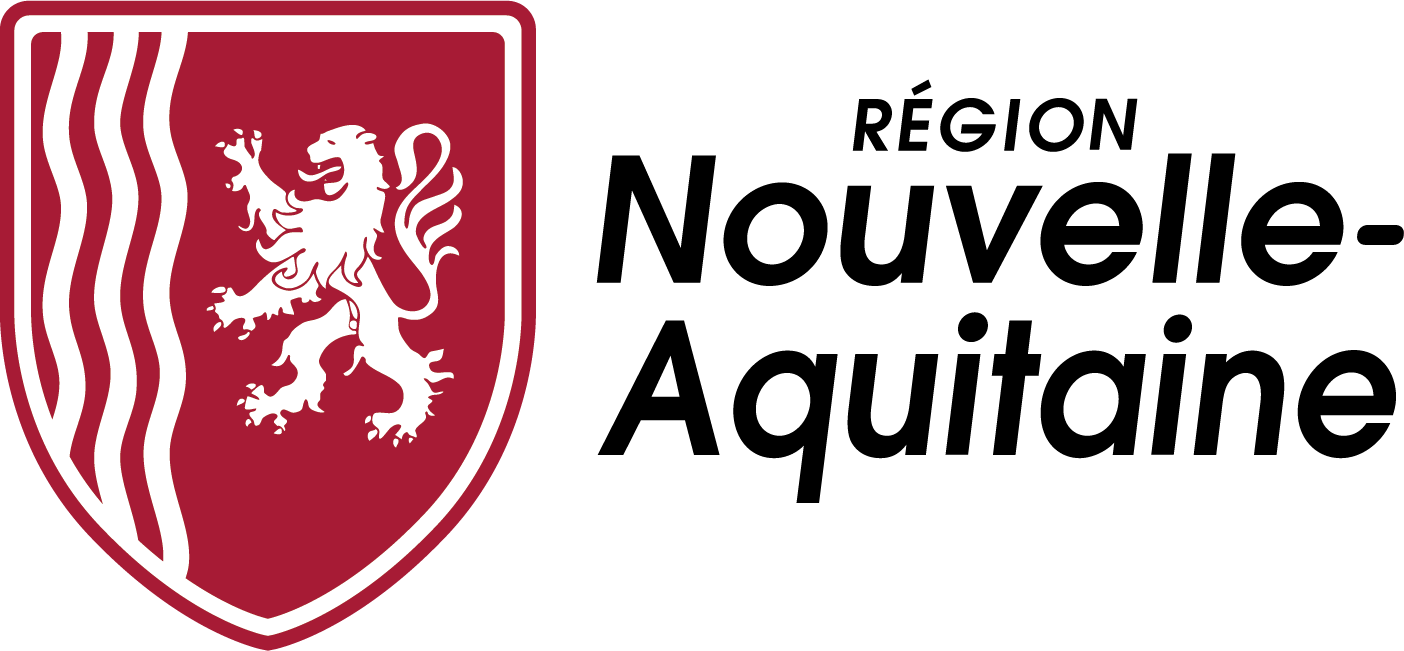
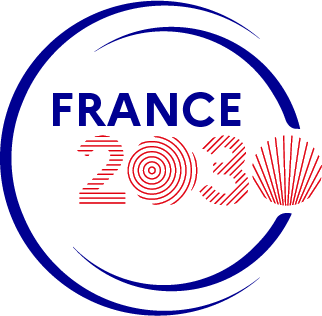

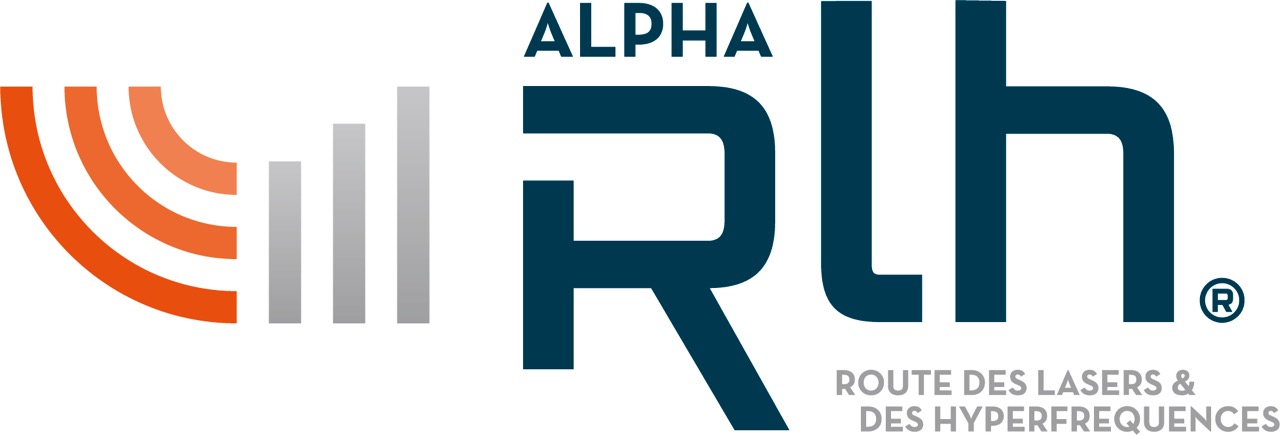

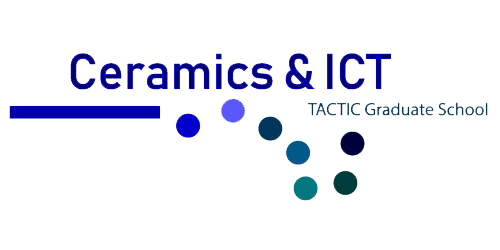
 UMR CNRS n°7252
UMR CNRS n°7252